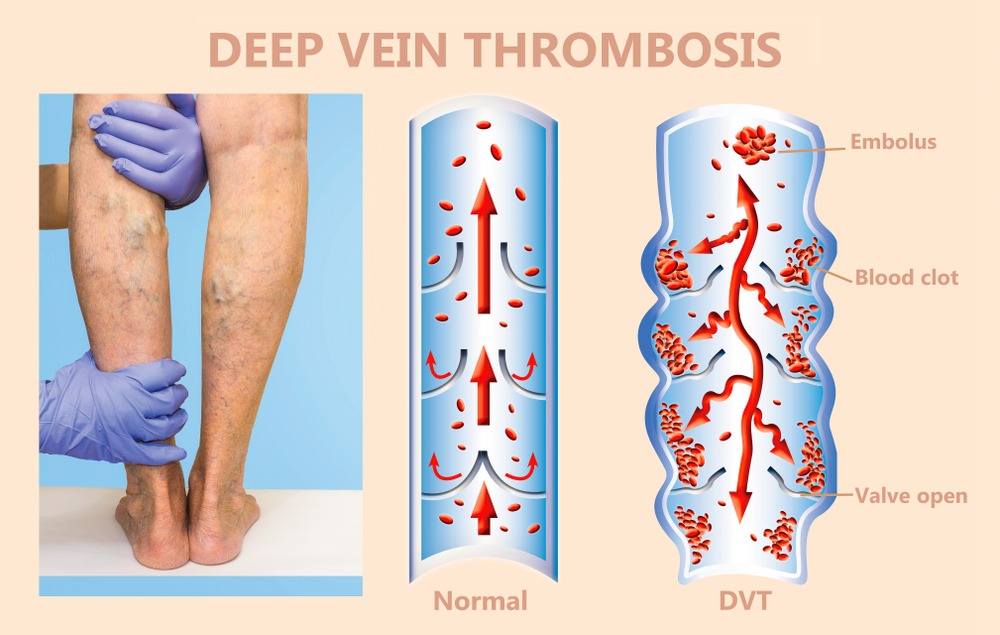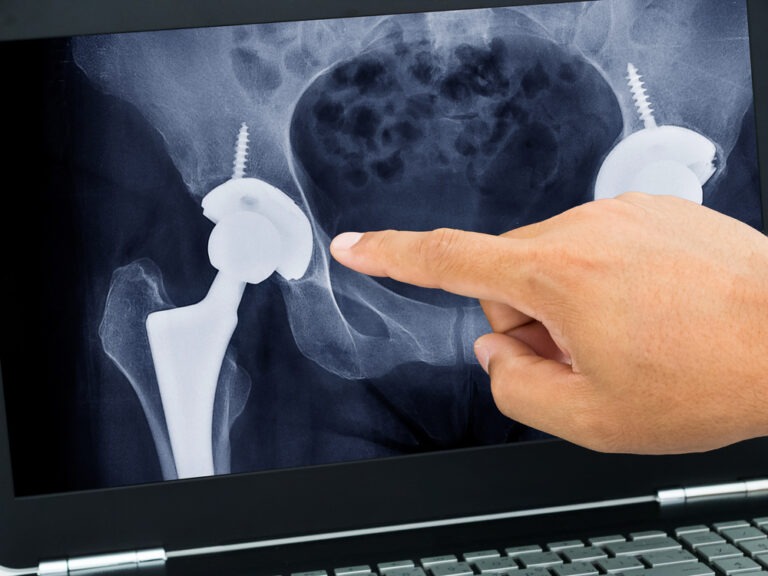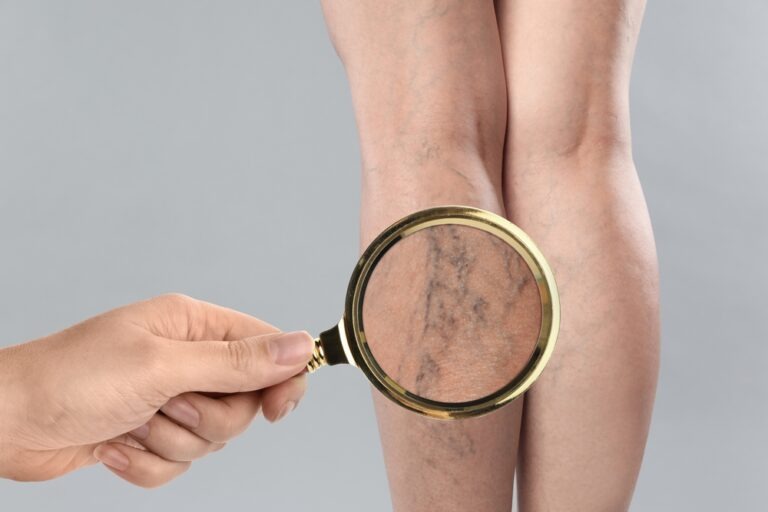As an Amazon Associate. We get small commissions for purchases made through affiliate links in this post at no extra cost to you. More info. Amazon Affiliate Disclaimer
The Ultimate Guide to Deep Vein Thrombosis (DVT): Causes, Symptoms, and Prevention
Introduction
Deep Vein Thrombosis: Symptoms, Risks & Prevention
Imagine you’re on a long-haul flight or sitting at your desk for hours, unaware that something dangerous could be happening inside your body. Deep vein thrombosis (DVT) is a serious condition that often goes unnoticed—until it’s too late. With millions affected worldwide, understanding DVT is crucial for your health. In this guide, we’ll explore its causes, symptoms, and ways to prevent it.
What is Deep Vein Thrombosis (DVT)?
DVT occurs when a blood clot forms in a deep vein, usually in the legs. If left untreated, it can lead to life-threatening complications like pulmonary embolism (PE), where the clot travels to the lungs.
Key Facts:
- DVT affects about 900,000 people in the U.S. annually.
- Up to 100,000 deaths occur each year due to complications.
- Many cases go undiagnosed, making awareness essential.
- Studies show that around 30-50% of people who develop DVT will have long-term complications, known as post-thrombotic syndrome (PTS), which can cause pain and swelling in the affected limb.
Causes and Risk Factors
DVT is often triggered by factors that slow blood circulation, damage blood vessels, or increase clotting.
Common Causes:
- Prolonged immobility (long flights, bed rest, sedentary lifestyle)
- Surgery or injury (especially orthopedic procedures)
- Genetic clotting disorders (Factor V Leiden, Prothrombin gene mutation)
- Pregnancy & postpartum period
- Certain medications (birth control pills, hormone therapy)
- Obesity & smoking (linked to poor circulation and clot risk)
- Cancer and chemotherapy (increase clotting tendency)
- Autoimmune diseases (such as lupus and antiphospholipid syndrome)
Symptoms of DVT
DVT symptoms can be subtle or severe. Recognizing early signs is key to preventing complications.
Common Symptoms:
- Swelling in one leg (rarely both)
- Pain or tenderness, especially when walking
- Skin warmth and redness over the affected vein
- Leg cramping, often mistaken for muscle strain
Warning Signs of Pulmonary Embolism:
- Sudden shortness of breath
- Chest pain or rapid heartbeat
- Coughing up blood
- Dizziness or fainting
If you experience these symptoms, seek medical help immediately.
How is DVT Diagnosed?
Doctors use several methods to confirm a DVT diagnosis:
- Doppler Ultrasound: The most common and non-invasive test.
- D-dimer Test: Measures clot-related substances in the blood.
- Venography: An X-ray test using contrast dye.
- MRI/CT Scans: Used in complex cases.
Early detection and treatment are crucial to prevent complications such as post-thrombotic syndrome or recurrent DVT.
Read also about varicose veins
Preventing DVT: Tips for a Healthy Circulatory System
You can take proactive steps to reduce your risk of developing DVT.
1. Stay Active
- Take breaks during long flights or desk work.
- Walk every 1-2 hours to promote blood flow.
- Engage in regular exercise, especially leg movements.
2. Maintain a Healthy Weight
Obesity increases DVT risk due to poor circulation and inflammation.
3. Hydration & Diet
- Drink plenty of water to prevent blood thickening.
- Reduce salt intake to prevent swelling.
- Consume foods rich in Omega-3s and antioxidants, such as salmon, flaxseeds, and green leafy vegetables.
4. Compression Therapy
Wearing compression socks improves circulation, especially for travelers and post-surgical patients.
5. Medication Awareness
If on birth control or hormone therapy, consult a doctor about clot risks.
6. Know Your Risk Factors
People with a family history of clotting disorders or those who have had previous DVT episodes should take extra precautions, such as regular check-ups and lifestyle modifications.
Treatment Options for DVT
Treatment focuses on preventing clot growth and complications.
1. Blood Thinners (Anticoagulants)
- Warfarin, Heparin, and newer drugs like Apixaban.
- Regular monitoring required for certain medications.
2. Thrombolytics (Clot Busters)
- Used in severe cases to dissolve clots quickly.
3. Vena Cava Filters
- Inserted in the vein to prevent clots from reaching the lungs.
4. Compression Stockings
- Reduce swelling and prevent post-thrombotic syndrome.
FAQ: Common Questions About DVT
Q1: Can DVT go away on its own?
A: No, untreated DVT can grow and lead to life-threatening complications. Medical intervention is essential.
Q2: Is DVT only a risk for older adults?
A: No, DVT affects all ages, especially those with genetic predispositions or lifestyle risk factors.
Q3: How long does it take to recover from DVT?
A: Recovery varies, but most people take 3–6 months with medication and lifestyle adjustments.
Q4: Can exercise help prevent DVT?
A: Yes! Regular movement, stretching, and hydration are key preventive measures.
Q5: Are there warning signs before DVT develops?
A: Many cases start with mild swelling or discomfort—early medical consultation is vital.
Final Thoughts
Deep vein thrombosis is a silent but serious condition. Awareness, prevention, and prompt treatment can save lives. If you’re at risk, take proactive steps to stay safe.
🔹 Have you or someone you know experienced DVT? Share your story in the comments to raise awareness!
References and Resources
- Centers for Disease Control and Prevention (CDC). “Deep Vein Thrombosis (DVT): Causes and Prevention.” https://www.cdc.gov/ncbddd/dvt/index.html
- National Heart, Lung, and Blood Institute (NHLBI). “What is Deep Vein Thrombosis?” https://www.nhlbi.nih.gov/health-topics/deep-vein-thrombosis
- Mayo Clinic. “Deep Vein Thrombosis (DVT) Symptoms & Causes.” https://www.mayoclinic.org/diseases-conditions/deep-vein-thrombosis/symptoms-causes/syc-20352557
- World Health Organization (WHO). “Venous Thromboembolism.” https://www.who.int/news-room/fact-sheets/detail/venous-thromboembolism










